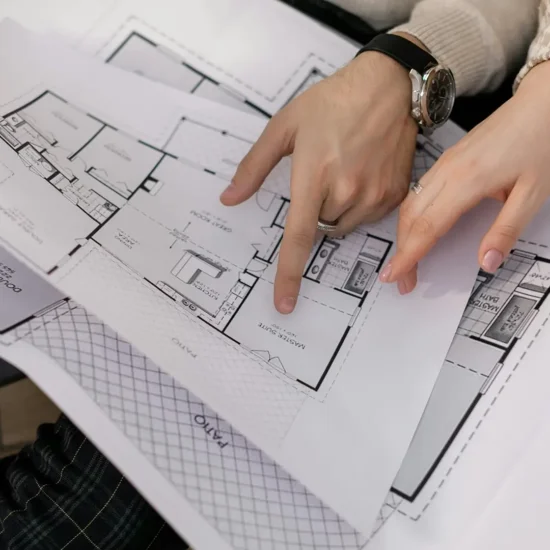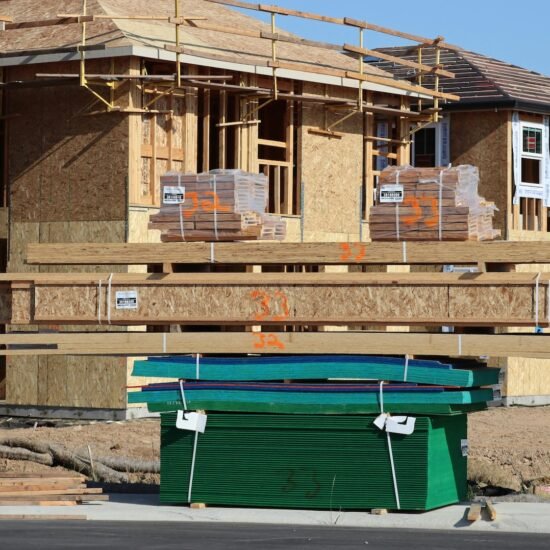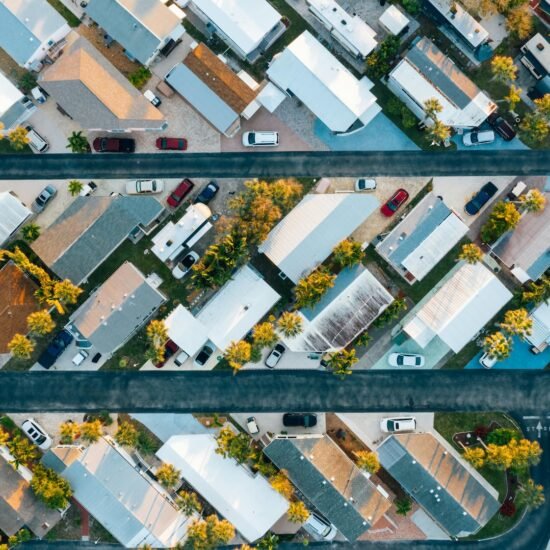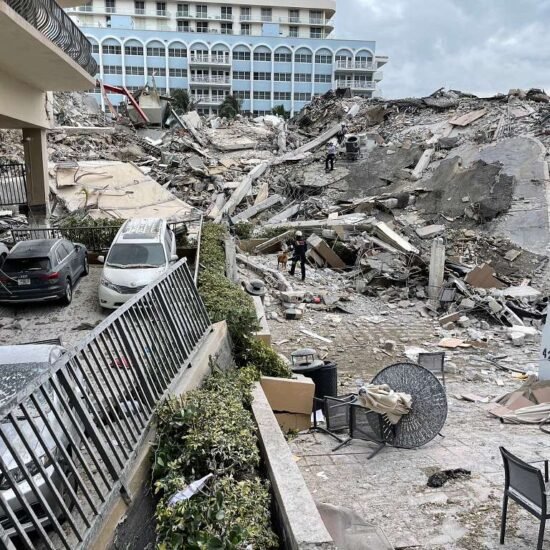
When Sustainable Buildings Break the Budget
HOA Detective | May 30, 2025: In an era marked by climate anxiety and ecological awakening, green buildings have become the new gold standard. From vegetated (green) roofs and solar power systems to EV charging stations and high-efficiency mechanicals, developers across the country are embracing technologies that promise to reduce carbon footprints and align housing with a more responsible environmental ethic.
In principle, the green building movement deserves cautious praise. The HOA Detective™ and the CIDA founders have no quarrel with the idea that buildings should tread more lightly on the planet. We are not climate science deniers like some of the current generation of exalted leaders who will remain nameless. Unfortunately, many green housing developments are not unlike the high-priced EV that the average driver can’t afford to own. And “green” doesn’t always mean “sustainable” – especially when you’re talking about the budget for a small condominium.
Behind the LEED certifications and environmentally conscious marketing lies stark reality: Many of these so-called environmentally sustainable developments are financially unsustainable for the very people who are expected to live in them.
Consider as an example, one recent reserve study that came across the desk of the HOA Detective™. A relatively small seven-unit condominium building designed with green values in mind. It included all the trappings of modern sustainability: high-performance cladding, rooftop vegetation, advanced stormwater systems, and renewable energy infrastructure.
The problem wasn’t with the ideals. It was with the numbers: Using the developer’s own component estimates and the architect’s estimate of component service live, the reserve study concluded that the first-year reserve contribution would need to be an average of $ $2,571 per unit in year one.
Even worse, the contribution isn’t stable: The funding plan calls for annual increases every year through 2036 that are 5X the current inflation rate, tapering only slightly to 10% thereafter. By 2037, the average unit’s reserve obligation will almost double and will continue climbing from there.
Cutting to the chase, the reserve funding plan is not sustainable: At least not for a small condominium building with just seven owners; instead, it is an economic dead end. Even though the first generation of owners could be persuaded to buy the units, there will come a time when future owners will balk at the thought of buying into a condominium that requires a ~$5K annual reserve fund contribution from each owner.
The Green Conundrum Runs Deep: It is often the case that green technologies embedded in a project simply don’t pencil out if a community is small, or if the technology is so advanced that only the wealthy can afford to maintain and operate the systems.
The Green/Eco Roof Example: Green roofs require specialized maintenance, structural upkeep, and periodic replacement that dwarfs the costs of conventional roofing. Add to an already expensive green roof a solar equipment array that includes an inverter and storage batteries, permeable paving, or other sustainable infrastructure – each with its own maintenance quirks and replacement timelines –
And you’ve got a reserve schedule that’s bursting at the seams.
When these costs are spread across hundreds of owners in a large high-rise or master-planned community, they can be absorbed. In a boutique condo of seven units, or even 15-20 units, they can sink the ship. Sustainability advocates often make the case that high upfront costs are worth it because of long-term payoffs – lower utility bills, tax incentives, and better resale values. And sometimes they’re right.
The Cynical Perspective: Simply put, the problem with EVs is:
You’re not going to save the world from the ravages of global warming with a battery-powered car that nobody can afford to own.
The same observation applies to buildings. If your sustainable development plan leads to unaffordable homes, crushing maintenance obligations, and funding plans that trigger buyer walkouts, you achieve nothing. Environmentally friendly features that can’t be financially sustained don’t help the planet. They just create failed communities.
This brings us to the most uncomfortable and most essential question at the heart of the Green Dilemma:
If the building isn’t economically sustainable, does the fact that it incorporates green technology actually matter?
It’s a question that architects, developers, city planners, and HOA boards must begin asking more seriously. Because the market is already answering it, for better or worse.
When the annual reserve contributions climb toward $5,000 per year, many buyers will walk away. No amount of green branding, reclaimed wood signage, or solar-powered exterior lighting is enough to overcome that sticker shock. When units don’t sell, the ripple effects are swift: maintenance is deferred, reserves go unfunded, and eventually, the very green systems that were meant to represent progress become neglected liabilities.
Environmental sustainability and financial sustainability are interconnected, not separate conversations. They are intertwined in the same manner as the foundation of a building is integral to the structure it supports.
True sustainability means asking hard questions: Questions that begin with lifecycle costing, reserve funding obligations, maintenance realities, and the financial literacy of the people who will inherit these systems long after the architects and developers are gone. A building that is 100% solar, water-neutral, and carbon-negative – but requires $300,000 in reserve contributions over 15 years from seven working families – is not a sustainable building. It is a green mirage.
There is a future where green buildings and economic viability coexist. But it requires humility and discipline. Developers must design for the actual carrying capacity of the HOA, not just for planning board accolades or grant compliance.
Reserve providers must model funding trajectories transparently, even when the results aren’t flattering. Buyers and BODs must educate themselves about the concept of lifecycle costing before buying into the green condominium setting or approving new upgrades to the built environment.
Environmental responsibility must always be paired with fiscal responsibility. In the end, it may well be that the flashy new $150K Tesla may get the testosterone coursing through the blood of the most skeptical gear-head who refuses to believe in EV technology, but a $30K Chevy Volt is more likely to save the world.
Because You’re Buying More Than a Home!






